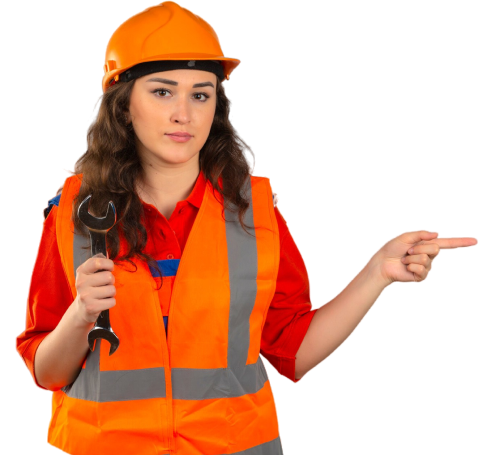

اگر نمی توانید پاسخ سؤال خود را پیدا کنید سؤالات متداول ما، همیشه می توانید با ما تماس بگیرید. وب به زودی به شما پاسخ خواهد داد!
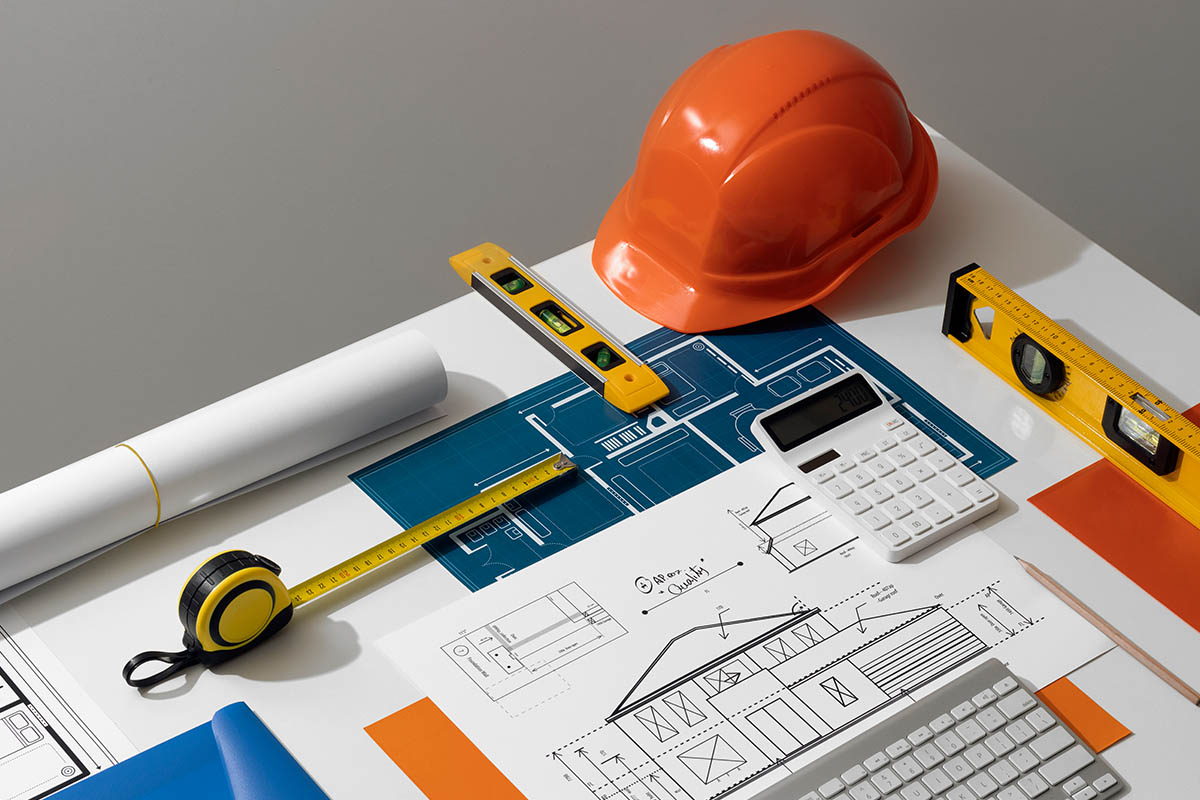
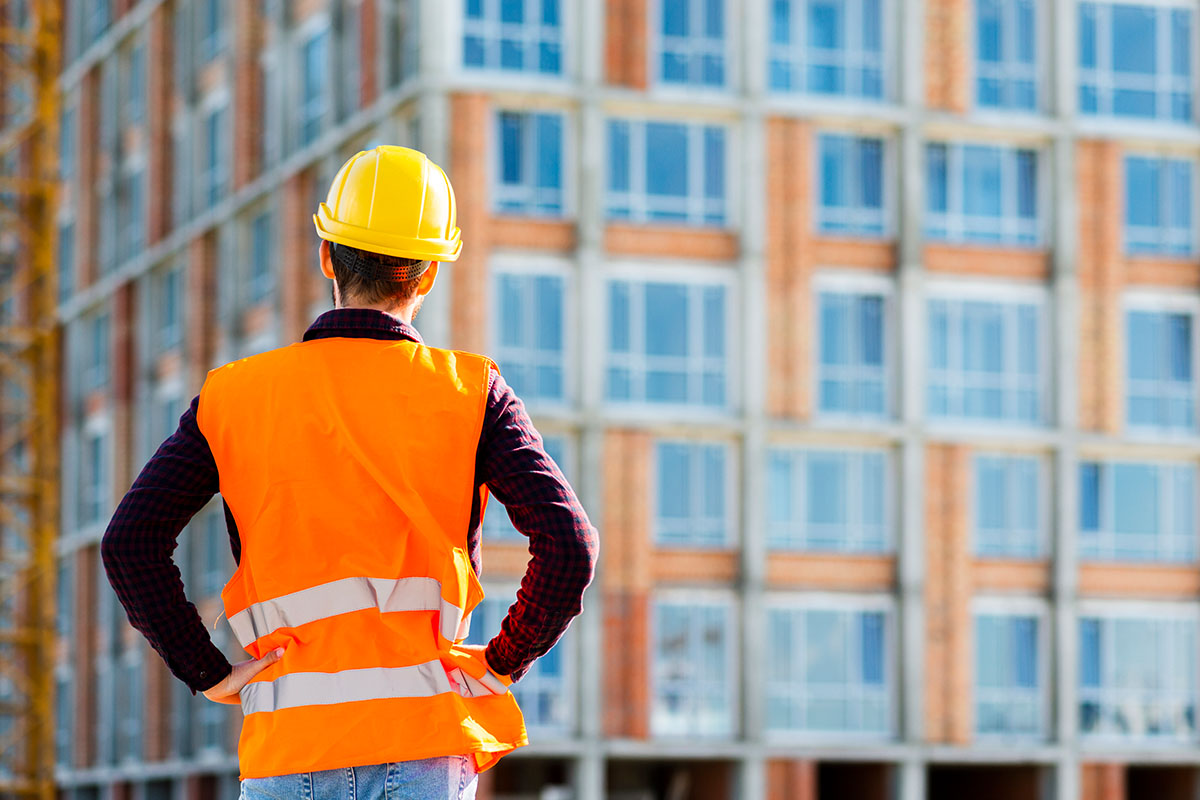
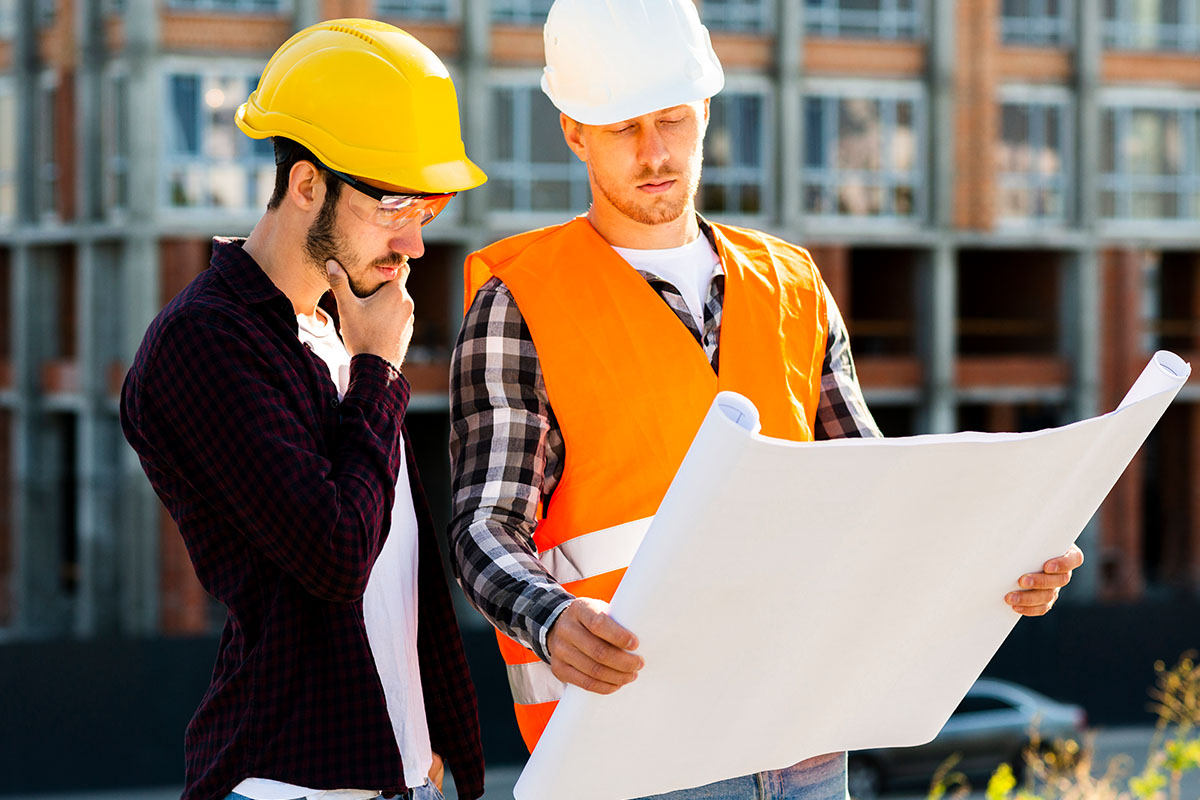
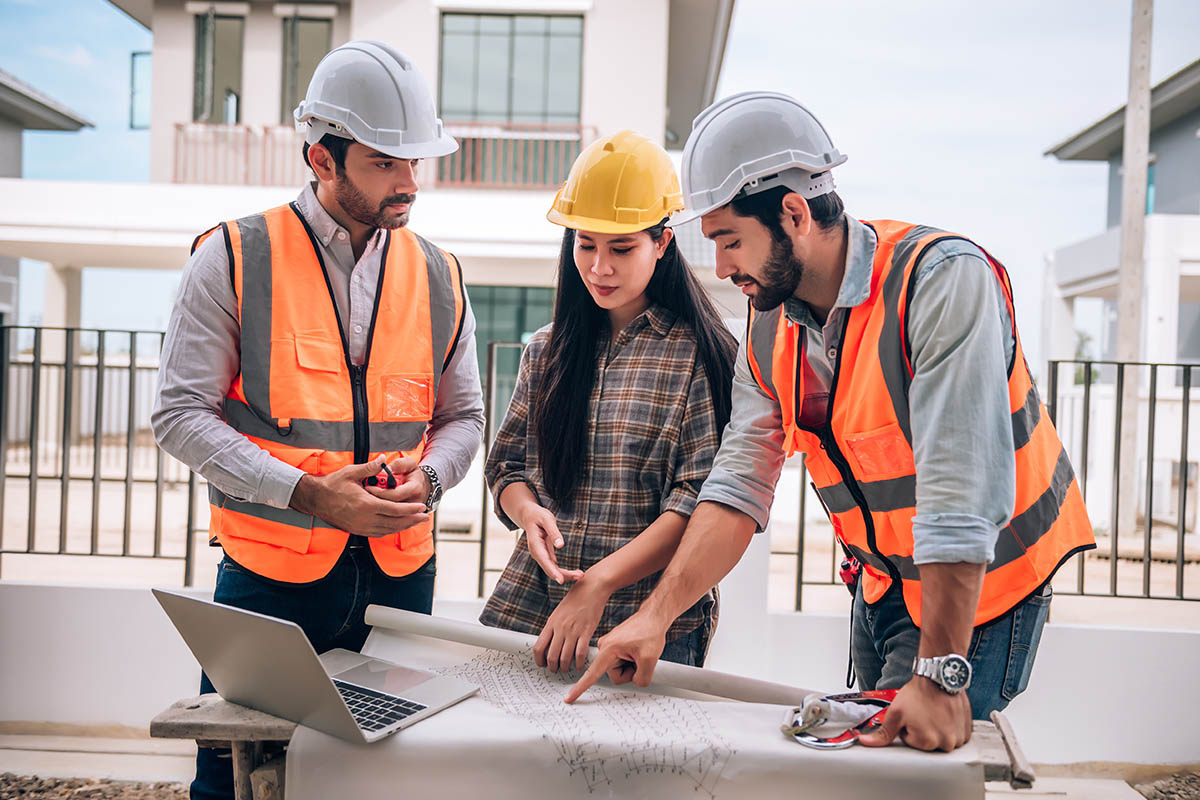
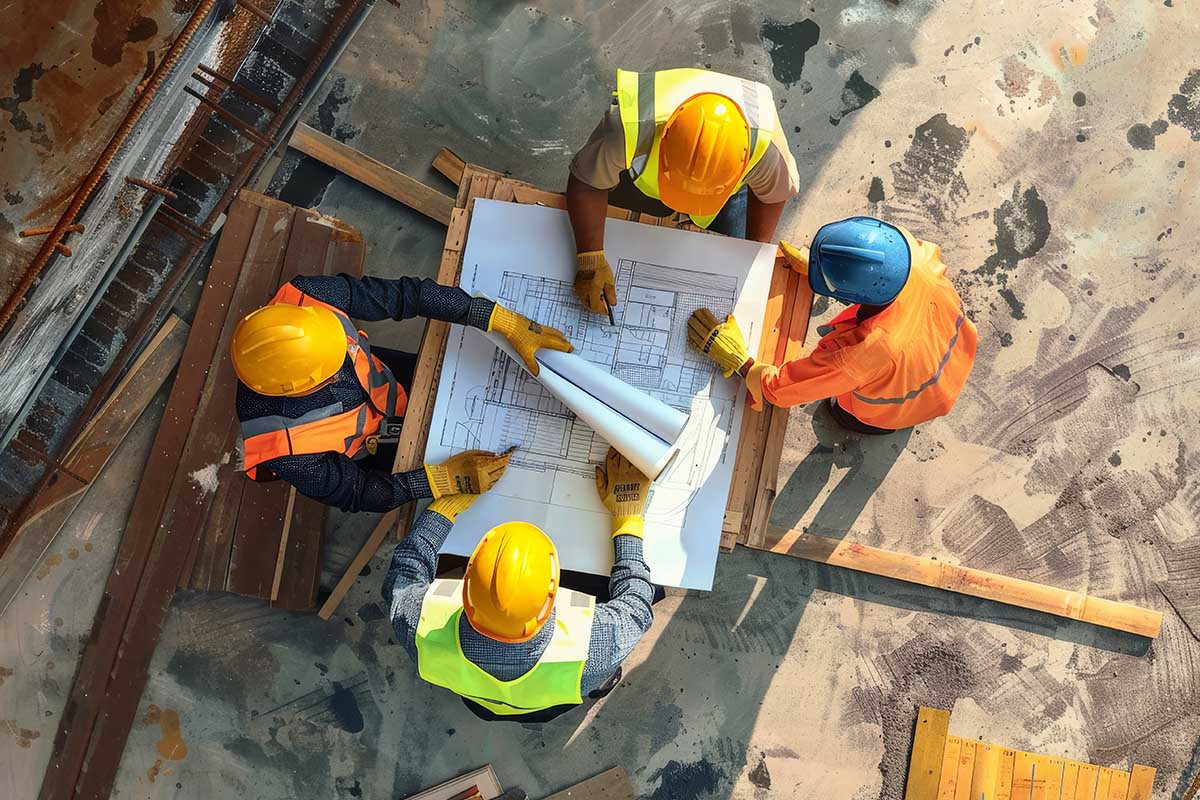
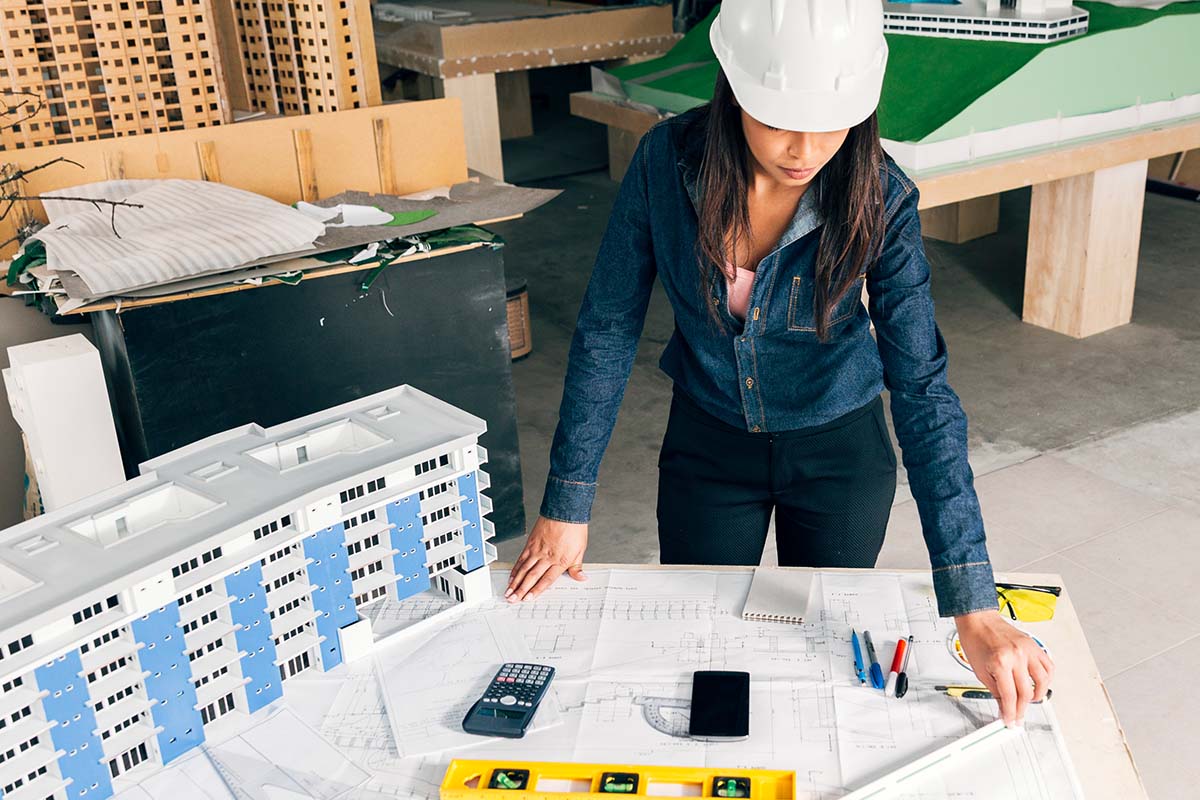
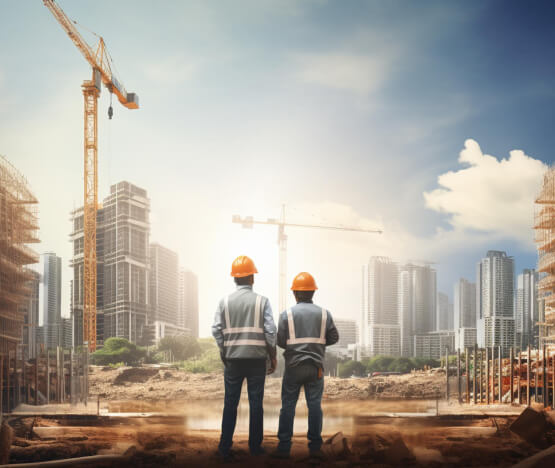
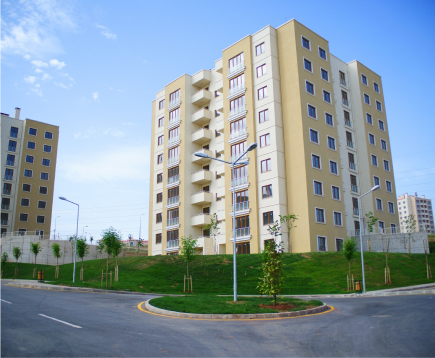
One of the most important and fascinating topics in the world of architecture is civil engineering and urban development. Due to environmental issues, scarcity of natural resources and climate change, the desire to use sustainable methods and technologies in construction has increased more than ever.
Below we will discuss the trends, technologies and future of sustainable buildings:
✳️ Trends and developments in the future of sustainable buildings
1. Greater use of recycled and recyclable materials
Use of materials such as recycled concrete, recycled bricks, recycled steel and second-cycle wood.
Development of new materials such as carbon-negative concrete or thermally activated clay (geopolymer concrete) which have much lower emissions than regular concrete.
2. Energy-sufficient buildings (Net Zero Energy Buildings)
Buildings that provide their energy consumption through solar panels, small wind turbines, geothermal systems.
Goal: Net Zero or even Positive Energy Buildings.
3. Smart Buildings and the Internet of Things (IoT)
Use smart sensors to control lighting, temperature, humidity and energy consumption.
Smart management of water and energy consumption using AI and Machine Learning systems.
4. Modular & Prefabricated Buildings
Modular and prefabricated construction that leads to reduced waste, greater speed and flexibility in location and use.
These types of buildings can be easily moved and reused.
5. Vertical Gardens and Greening in Buildings
Increasing the green area in urban environments using vertical gardens, green roofs and indoor plants.
These elements help reduce urban temperatures, improve air quality and save water.
6. Climate Responsive Design
Use design principles appropriate to the region’s climate (such as natural shading, cross ventilation, thermal insulation).
Reduce dependence on mechanical systems for heating and cooling.
7. Disaster-Resistant Buildings
Given the increase in natural disasters (earthquakes, floods, hurricanes), sustainable buildings must be resilient, flexible, and repairable.
8. Use of new construction technologies (such as 3D construction printing)
3D concrete printers are capable of fast, accurate, and minimal waste construction.
This technology could reduce construction costs and increase speed in the future.
✳️ International Building Sustainability Standards and Certifications
LEED (Leadership in Energy and Environmental Design)
BREEAM (Building Research Establishment Environmental Assessment Method)
WELL Building Standard – Focus on Human Health
Passivhaus (Passive Architecture) – Minimizing Energy Consumption
These certificates will be considered mandatory criteria in many countries in the future.
Implementing building projects as well as constructing and renovating bridges in compliance with current international standards and safety principles in this field, the company offers sustainable and resilient projects in various geographical conditions using modern engineering and quality assurance methods.
Design, construction, and maintenance of various hydraulic structures such as dams, canals, pumping stations, and water facilities with the aim of managing water resources and improving the country's water infrastructure. These services ensure optimization of water consumption and reduction of operating costs by utilizing expert teams and advanced technologies.
Design and construction of various construction projects, including residential, office and commercial complexes, with an emphasis on quality, beauty and efficiency. In these services, the use of modern construction technologies and adherence to green architecture principles help improve energy efficiency and create environmentally friendly spaces.
We specialize in a wide range of construction services including residential, commercial and industrial projects. From initial design to final inspection, we work closely with our clients to understand their unique needs and vision.
Accurately identifying customer needs and expectations so that more accurate planning can be done in the next stages.
Providing a complete and transparent cost estimate with the necessary explanations for the customer, so that all factors affecting the price are understood.
Establishing a transparent, legal, and trust-based relationship between the company and the client, and ensuring the proper implementation of the project in legal and operational terms.
Don’t wait any longer to make your construction dreams come true. Partner with Farnam Alborz Development and experience unparalleled service and quality.
